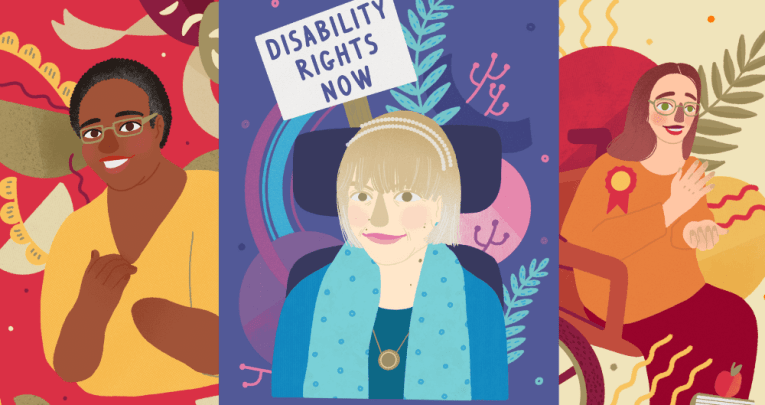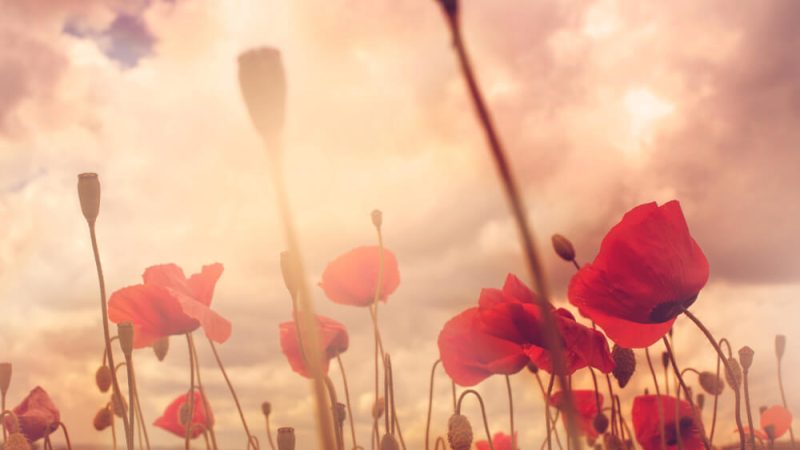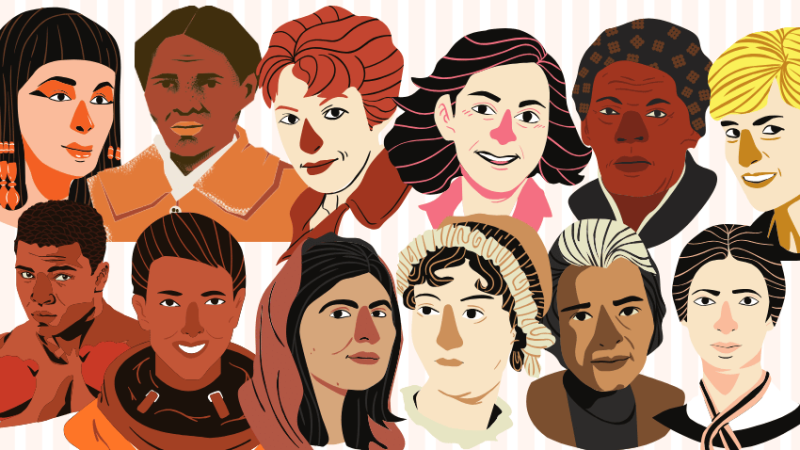WW2 KS2 – Best World War II lesson plans, ideas and trips
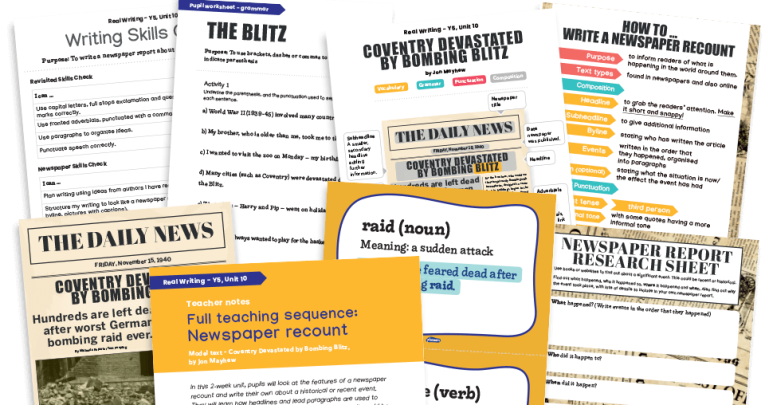
From lesson plans to podcasts and videos to school trips, we’ve rounded up the best age-appropriate World War 2 resources for KS2…

- by Teachwire
- Classroom expertise and free resources for teachers
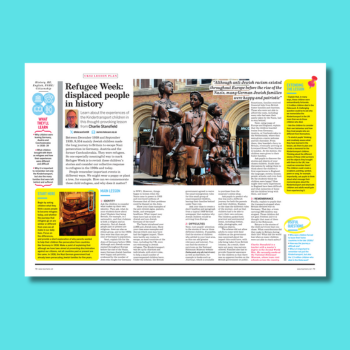
Browse our pick of the best WW2 KS2 resources to use in your classroom...
World War 2 will never cease to be relevant. Sadly, with everything that’s been going on in the world in recent years, it’s scarily easy to draw parallels between then and now.
But, of course, that’s no reason to shy away from it. If anything, it means the opposite. That’s why we’ve rounded up these sensitive and age-appropriate resources that you can share with your class.
(We also have Remembrance Day activities and a round-up of the best WW1 KS2 resources).
WW2 KS2 resources
Kindertransport lesson plan
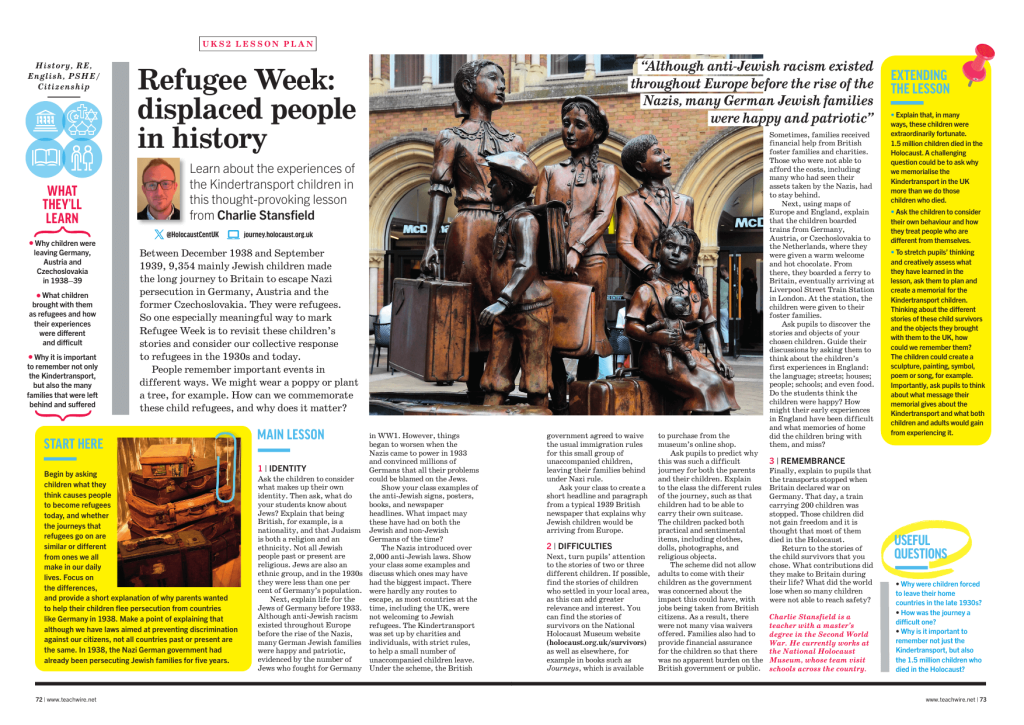
One especially meaningful way to mark Refugee Week is to revisit the stories of the Kindertransport children – mainly Jewish children who made the long journey to Britain to escape Nazi persecution. Explore how we can commemorate these child refugees, and why it matters.
Author in your Classroom podcast and resources
When The Sky Falls by Phil Earle is inspired by a true World War 2 story about a silverback gorilla at a rundown zoo and a boy charged with protecting him when bombs start to fall.
Listen to episode 21 of the Author in your Classroom podcast to hear from the author himself, then use these free accompanying resources from literacy resources website Plazoom to encourage children to write their own tale based on a true story.
Use the included worksheets to explore how the author has created atmosphere and developed characters. You also get teacher notes, a PowerPoint and beautifully designed elements for a working wall.
Episode 12 focuses on Bali Rai, author of Now or Never: A Dunkirk Story. It’s a story about Private Fazal Khan, a young Muslim soldier from India awaiting evacuation at Dunkirk.
Again, there are free accompanying resources, including teacher notes, a PowerPoint, planning sheets and classroom display materials.
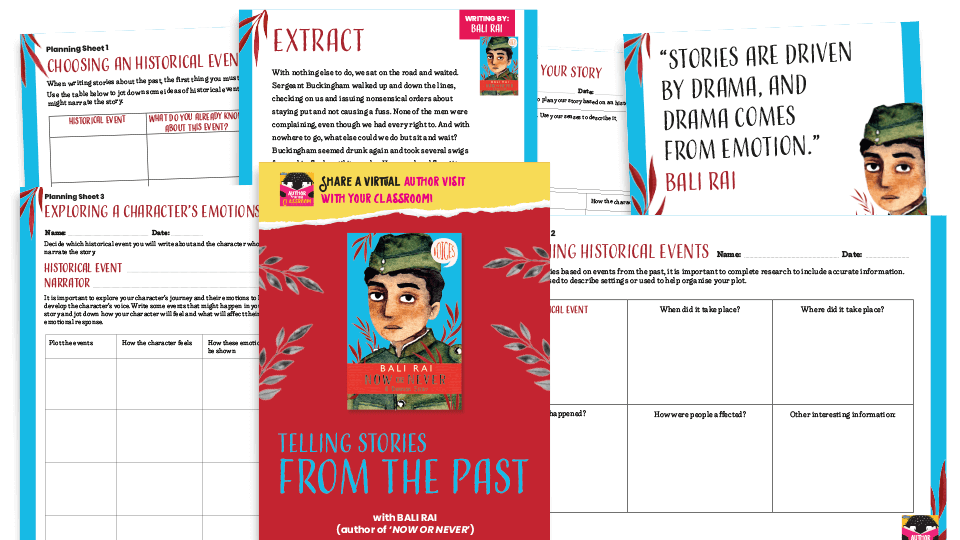
Pie Corbett WW2 KS2 resources
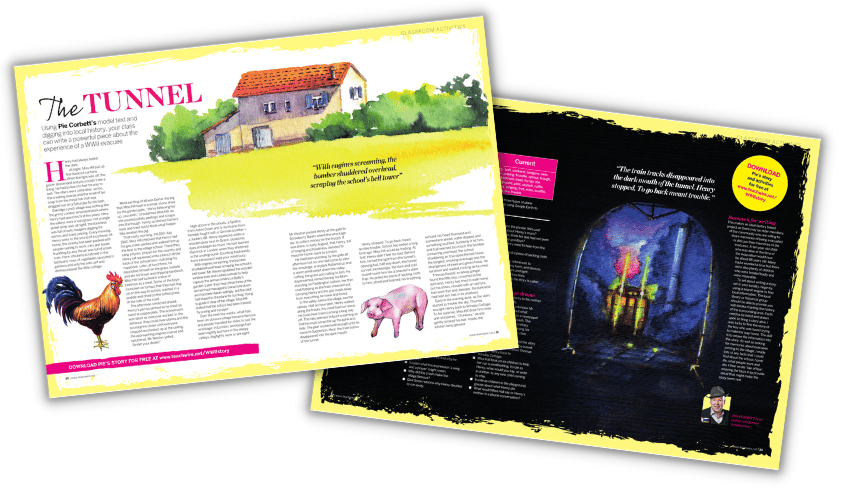
This free download for KS2 pupils contains an original story by literacy superstar Pie Corbett. It also features reading and writing classroom activity ideas. You’ll also get a PowerPoint of the story so your class can read along with you.
After reading the model text and investigating some local history, your pupils will be able to write a powerful piece about the experience of a WWII evacuee.
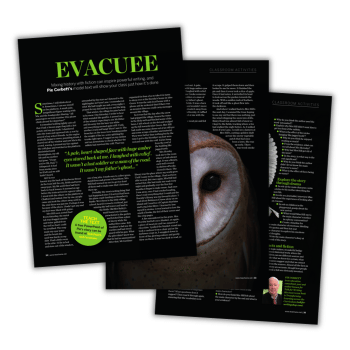
We have another WW2 KS2 short story from Pie Corbett that you can use as a model text for your class – also focused on the topic of evacuees. Work through the activities, created by Pie himself, after you’ve read the story as a class.
Animal heroes resource pack
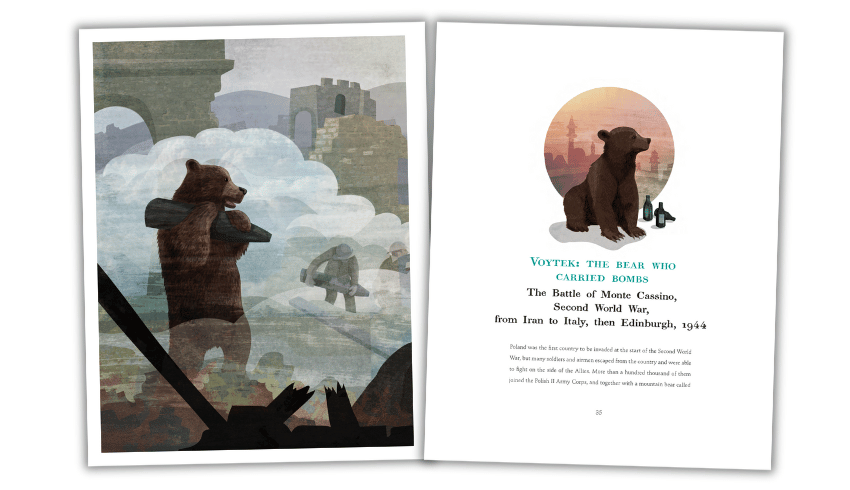
During a WW2 battle, Voytek the bear carried one giant shell after another from the Polish supply depot forward to the Allies’ guns.
This free resource pack contains the story of Voytek, reading comprehension questions and suggestions for classroom activities.
Letters from the Lighthouse
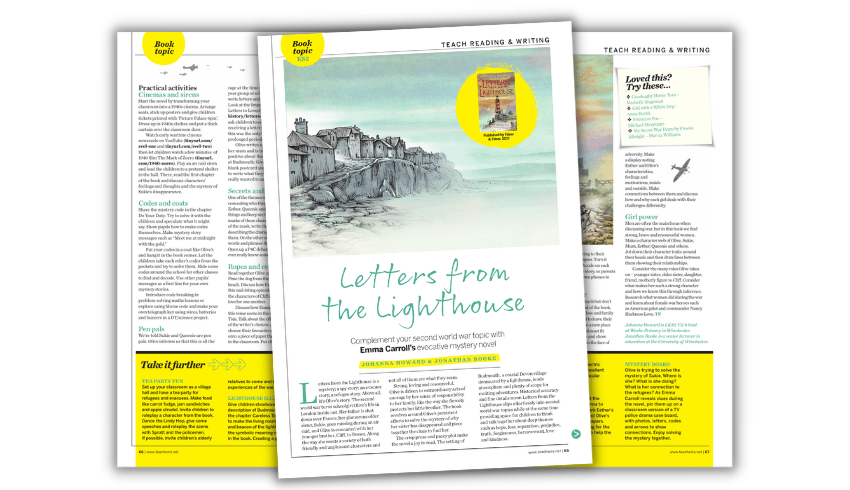
Set in World War 2, Letters from the Lighthouse revolves around main character Olive’s persistent efforts to solve the mystery of her sister’s disappearance.
What makes this one of the best WW2 books for KS2 is that it encourages children to think and talk about important themes. Download our free PDF full of classroom activity ideas.
History recount model text for Year 5
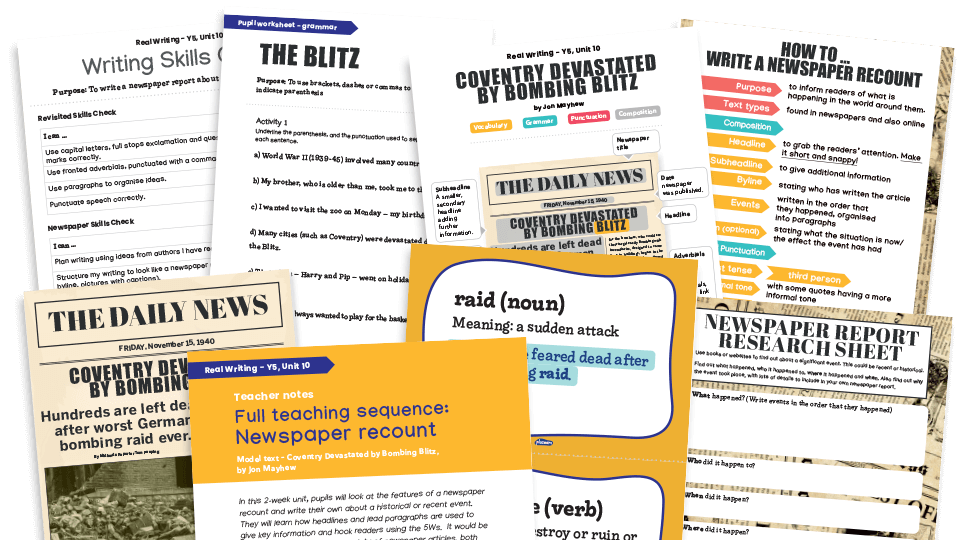
This writing unit for Year 5 from literacy resources website Plazoom is built around an engaging recount in the form of a newspaper article about the bombing of Coventry in World War II.
Over the course of two to three weeks, pupils will explore the features of a newspaper report before writing their own.
School logbooks history lesson plan
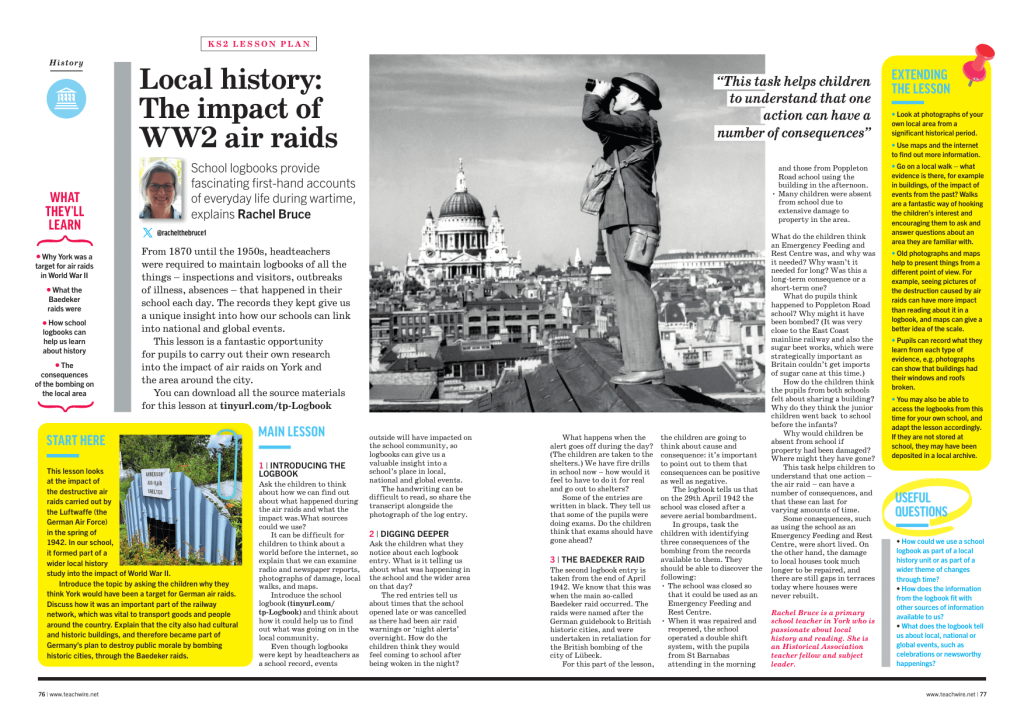
This free history lesson plan looks at the impact of the destructive air raids carried out by the Luftwaffe in the spring of 1942.
Headteachers had to keep records of what happened within their school and these logbooks give us an insight into how our schools can link into national and global events. This lesson is a fantastic opportunity for pupils to carry out their own research into the impact of air raids.
Narrative writing with Alan Turing
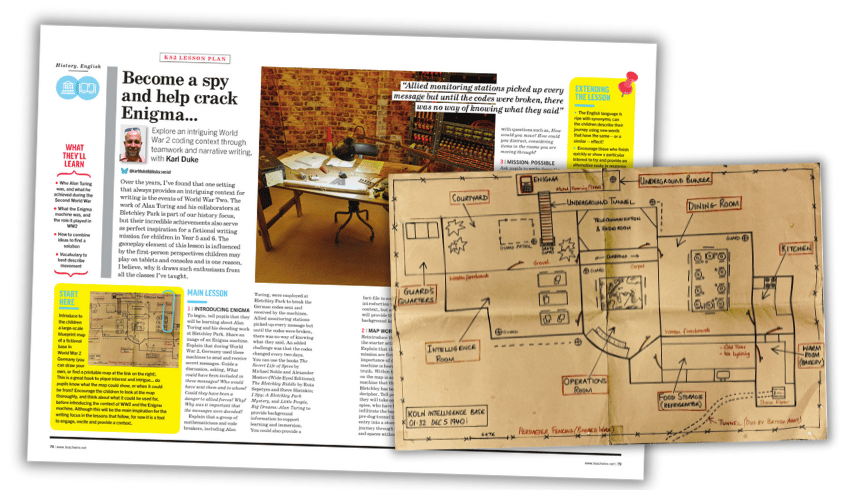
This free lesson plan uses Alan Turing’s work at Bletchley Park to engage UKS2 pupils in narrative writing. Through a game-style mission and an intriguing starter using a fictional WW2 map, children learn about Turing, the Enigma machine and use rich vocabulary to describe movement.
Bletchley Park poetry resources
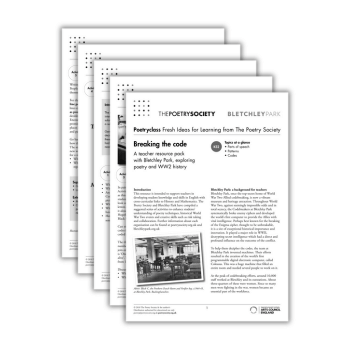
This KS2 World War 2 poetry resource pack, created with Bletchley Park, explores poetry and WWII history, covering parts of speech, patterns and codes.
Use it to develop student knowledge and skills in English, with cross-curricular links to history and mathematics.
D-Day in fiction
D-Day Dog is a beautifully written and compelling novel. It’s a great WW2 KS2 resource for pupils aged 9+. It follows the story of Jack, who can’t wait for the school trip to the D-Day landing beaches.
But when Jack’s own dad is called up to action, everything Jack believes about war is thrown into question.
Jack is drawn to the heart-wrenching true story of one particular D-Day paratrooper. On 6 June 1944, Emile Corteil parachuted into France with his dog, Glen. Jack is determined to discover their fate.
Read the first chapter here and find free resources on the author’s website, including:
- Poster
- Cover prediction worksheet
- Blackout poem challenge
- Discussion questions
- Colouring
More suggested reads
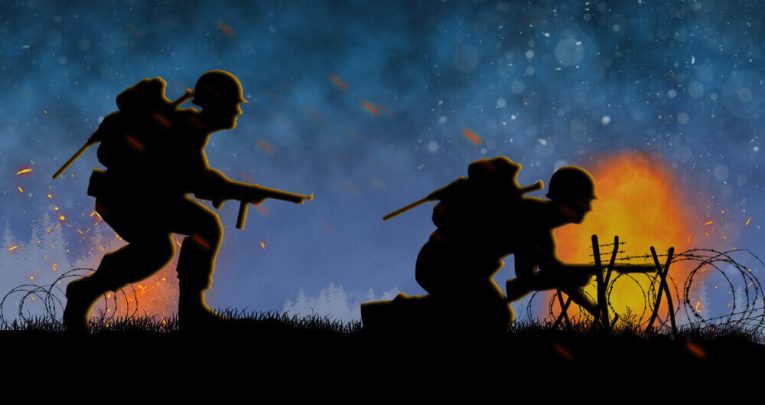
We’ve picked out and reviewed some of the best WW2 books to use in your classroom, including stories focusing on diverse characters. There’s plenty of great World War 2 KS2 resources to choose from on the list.
The Holocaust
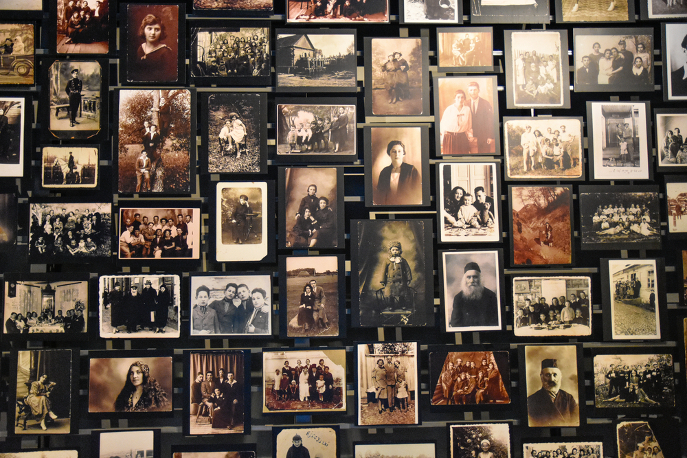
Bev Forrest explains why it’s essential we educate primary children about the Holocaust and discusses how much young children need to know to create a better foundation of learning for studying the topic further in secondary school.
Also check out the wealth of classroom materials at the Centre for Holocaust Education.
Archive videos from Imperial War Museum
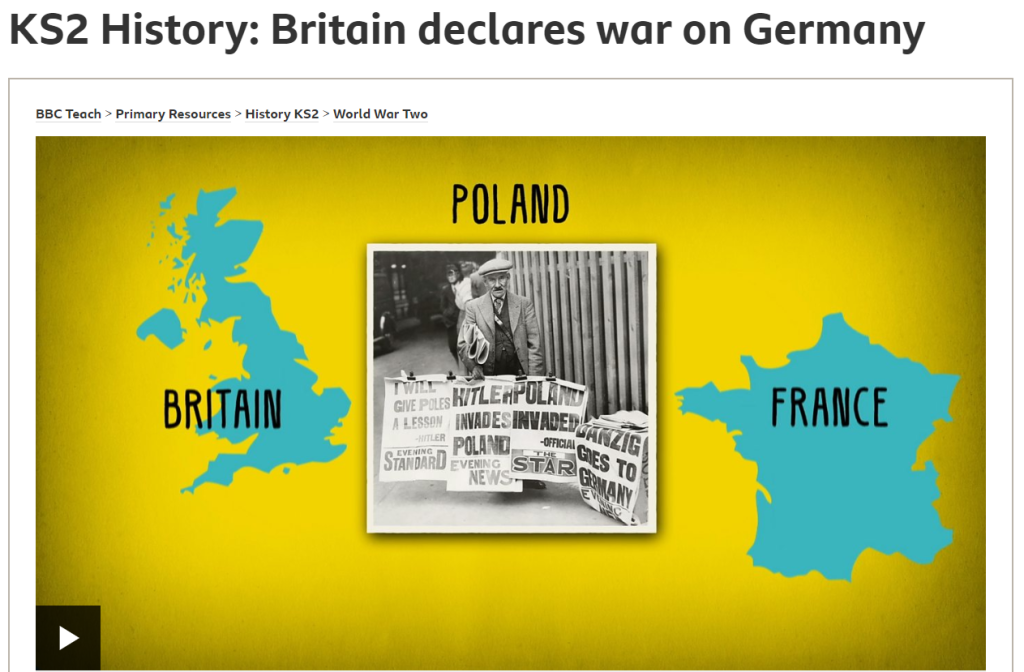
This series of short films on the BBC website offers a comprehensive overview of World War 2 for KS2. They use archive video and images from the Imperial War Museum, as well as first-person testimony from veterans and eye-witnesses.
Full WW2 KS2 scheme of work
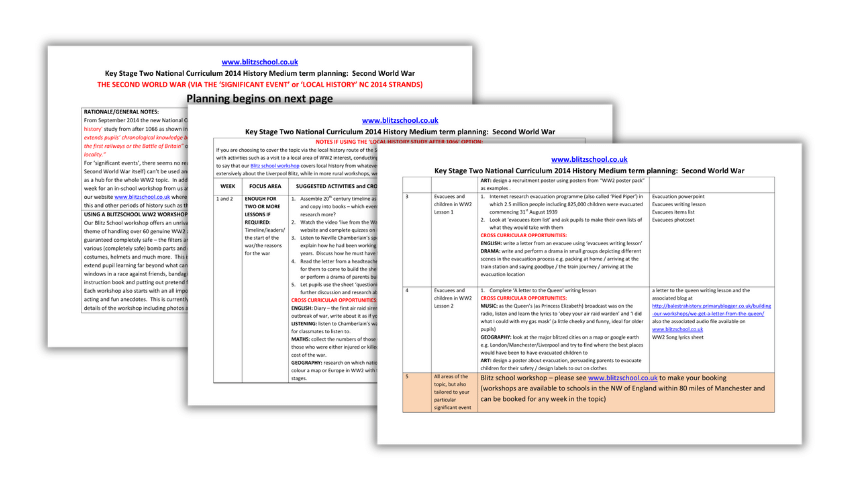
This PDF from primary workshop provider Blitz School contains six weeks of lesson plans for a WW2 Blitz topic. It has two lessons each on evacuation, the Blitz and the Battle of Britain.
Science World War 2 resources

Which phases of the moon were likely to be used for bombing raids? How did soldiers send messages on the battlefield? Why were periscopes used in the trenches? Explore all this and more with these lesson plans, activities and ideas from STEM Learning which helo you link science to the topic of World War 2.
Best WW2 KS2 school trips

- The Battle of Britain Memorial in Folkestone offers a remarkable learning experience for young people studying the Battle of Britain or World War 2 in general
- Discover how life was on the Home Front during World War 2 at Beamish Museum in County Durham
- Gain an insight into the life of an evacuee in the early days of World War 2 at Murton Park near York
- Take part in a special World War 2 day at Beaumanor Hall in Leicestershire
- Visit Cardiff Castle and see tunnels that came into their own as air-raid shelters during World War 2
- From air raid shelters to rationing, students can explore artefacts and first-hand accounts to help understand Londoners’ experiences of World War 2 at the Museum of London. You can also learn about the secret role London’s Docklands played during World War 2 at Museum of London Docklands
- Take part in a WW2 Home Front history workshop at the Discover Museum in Newcastle
- Meet costumed characters, try arts and crafts and handle artefacts from WW2 at the Ancient House Museum of Thetford Life
- Find out about rationing, air raids, gas masks, fun, games and what life was like for the people of Copeland during World War 2 at The Beacon Museum
- Try out the Air Raid Experience or Evacuation Experience at STEAM – Museum of the Great Western Railway in Swindon
- Learn about local history, including the air raid on Coventry during World War 2 at Coventry Cathedral
- Find out about firefighting life and what it was like during World War 2 at Greater Manchester Fire Service Museum






